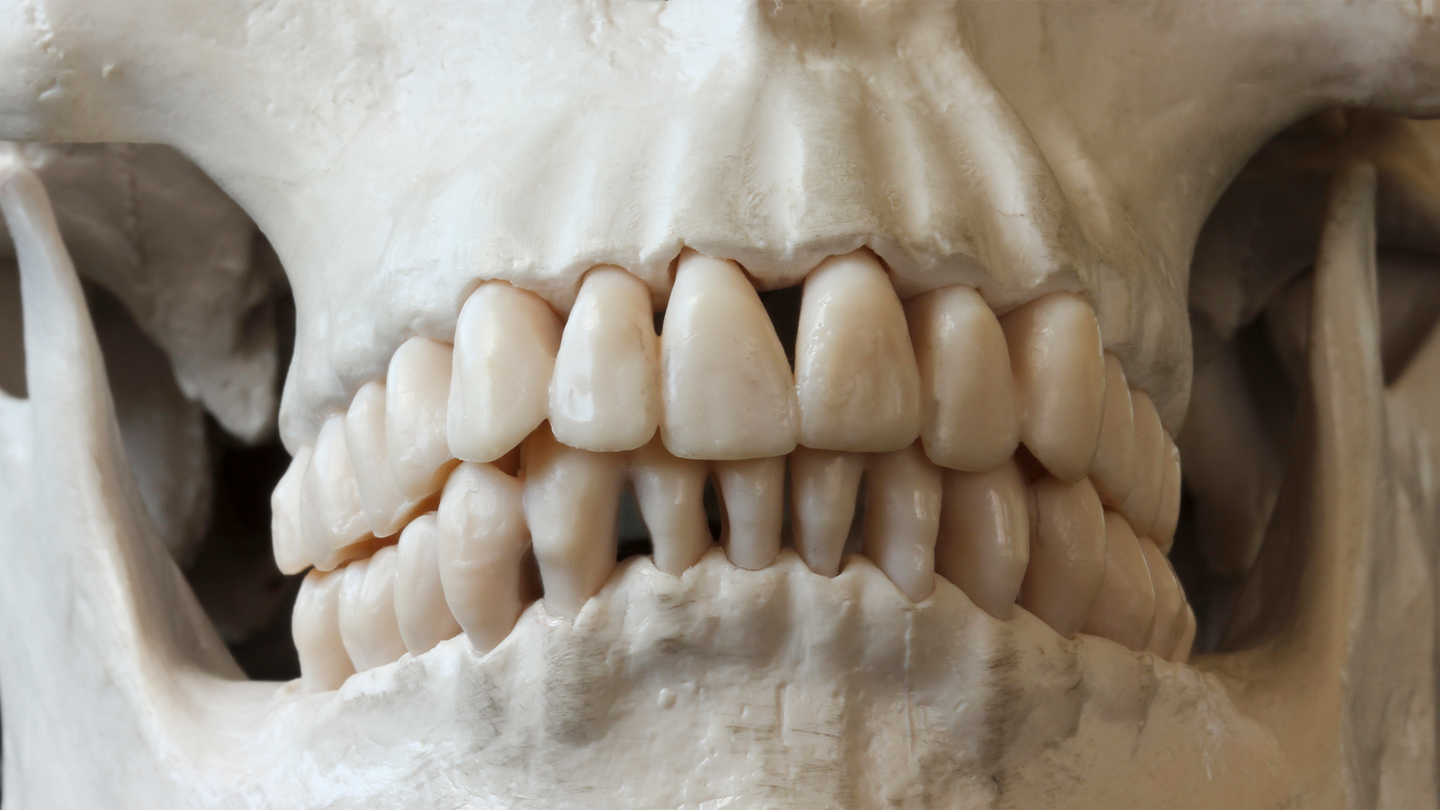
The persistent pathogen known as the plague was circulating around Europe and Asia centuries before it wiped out about 25 million people. A team of scientists have just recently found 4,000 year-old DNA belonging to Yersinia pestis, or the bacteria that causes the plague. That’s about 3,000 years before the plague before the Black Death began. The findings were detailed in a study published May 30 in the journal Nature Communications and represent the oldest evidence of the plague in Britain found to date.
[Related: Scientists tracked the plague’s journey through Denmark using really old teeth.]
The team identified two cases of Yersinia pestis (Y. pestis) from human remains found uncovered in a mass burial site in southwest England near Somerset and another in a ring cairn monument in Cumbria in northwest England. After taking small skeletal samples from 34 individuals at both sites, they screened for plague bacteria in the teeth. Dental pulp can trap the DNA remnants of infectious diseases and has helped scientists find evidence of the plague before.
After extracting dental pulp, they analyzed the DNA inside and identified three cases of Y. pestis in two children that are estimated to be about 10 to 12 years-old when they died, as well as one case in a woman who was between 35 and 45 years-old. It is likely that these people lived at roughly the same time, according to radiocarbon dating.
“The ability to detect ancient pathogens from degraded samples, from thousands of years ago, is incredible. These genomes can inform us of the spread and evolutionary changes of pathogens in the past, and hopefully help us understand which genes may be important in the spread of infectious diseases,” study co-author and PhD student from the Francis Crick Institute Pooja Swali said in a statement. “We see that this Yersinia pestis lineage, including genomes from this study, loses genes over time, a pattern that has emerged with later epidemics caused by the same pathogen.”
Plague has been identified in multiple individuals who lived in Eurasia between 5,000 and 2,500 years ago during the Late Neolithic and Bronze Age (LNBA). Evidence of the plague, however, hadn’t been seen in Britain at this point in time. This LNBA strain was likely brought into Central and Western Europe about 4,800 years ago as humans expanded into Eurasia, and this study suggests it extended even further west into Britain. The LNBA strain’s wide geographic range suggests that it could have been easily transmitted.
Genome sequencing found that the strain of Y. pestis found in these sites looks very similar to the strain identified further east into Eurasia at the same time and not later strains of the disease. It lacked the yapC and ymt genes, which are both seen in later strains of plague. The ymt gene is also known to play an important role in plague transmission via fleas. It is likely that the LNBA strain was not transmitted on fleas, unlike later strains of the plague, such as the one that caused the Black Death in the Fourteenth Century.
[Related: You could get the plague (but probably won’t).]
The team is not fully certain that the individuals at these old burial sites were infected with the exact same strain of plague, since pathogenic DNA that causes disease degrades very quickly in samples that could be incomplete or eroded.
The Somerset site is also rare since it doesn’t match other funeral sites dating back to this time period. The individuals buried there appear to have died from trauma. The team believes that the mass burial here was not due to an outbreak of plague, but the individuals studied may have been infected when they died.
“We understand the huge impact of many historical plague outbreaks, such as the Black Death, on human societies and health, but ancient DNA can document infectious disease much further into the past,” co-author and geneticist at the Francis Crick Institute Pontus Skoglund said in a statement. “Future research will do more to understand how our genomes responded to such diseases in the past, and the evolutionary arms race with the pathogens themselves, which can help us to understand the impact of diseases in the present or in the future.”
The post Plague DNA was just found in 4,000-year-old teeth appeared first on Popular Science.
Articles may contain affiliate links which enable us to share in the revenue of any purchases made.
from | Popular Science https://ift.tt/3fztGwX




0 Comments